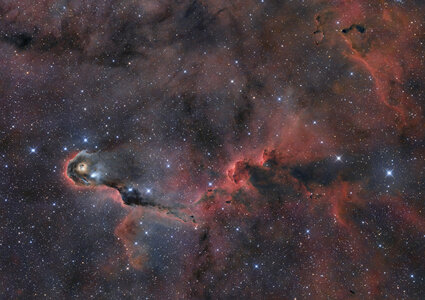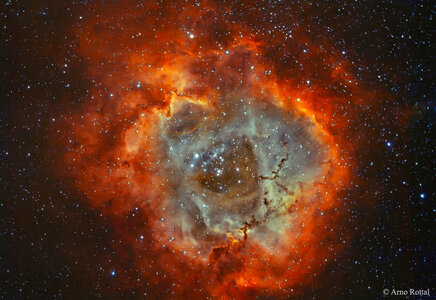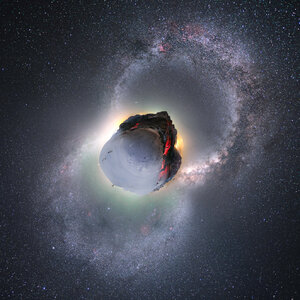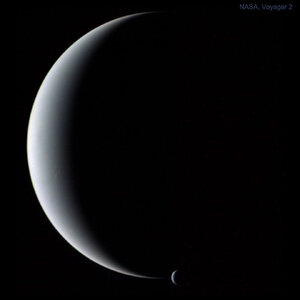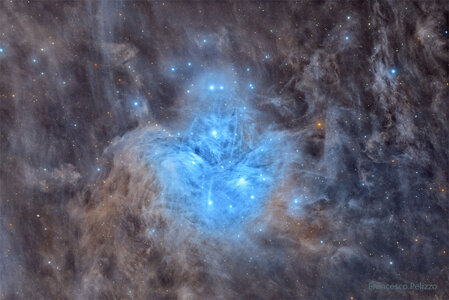Fresh corroboration of the perplexing observation that the universe is expanding more rapidly than expected has scientists pondering the cause - perhaps some unknown factor involving the mysterious cosmic components
dark energy and
dark matter.
Two years of data from NASA's
James Webb Space Telescope have now validated the Hubble Space Telescope's earlier finding that the rate of the universe's expansion is faster - by about 8% - than would be expected based on what astrophysicists know of the initial conditions in the cosmos and its
evolutionover billions of years. The discrepancy is called the Hubble Tension.
The observations by Webb, the
most capable space telescope ever deployed, appear to rule out the notion that the data from its forerunner Hubble was somehow flawed due to instrument error.
"This is the largest sample of Webb Telescope data - its first two years in space - and it confirms the puzzling finding from the Hubble Space Telescope that we have been wrestling with for a decade - the universe is now expanding faster than our best theories can explain," said astrophysicist Adam Riess of Johns Hopkins University in Maryland, lead author of the study published on Monday in the
Astrophysical Journal.


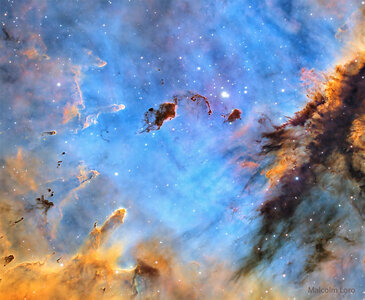

 It always takes me a moment to remember. Luckily, “waning” is still used in casual speech. It means “diminishing” or “fading.”. Therefore: “waxing” is the opposite: “growing.”
It always takes me a moment to remember. Luckily, “waning” is still used in casual speech. It means “diminishing” or “fading.”. Therefore: “waxing” is the opposite: “growing.”

